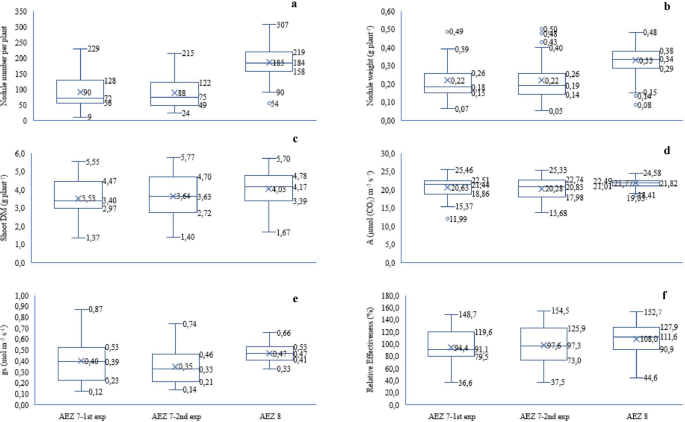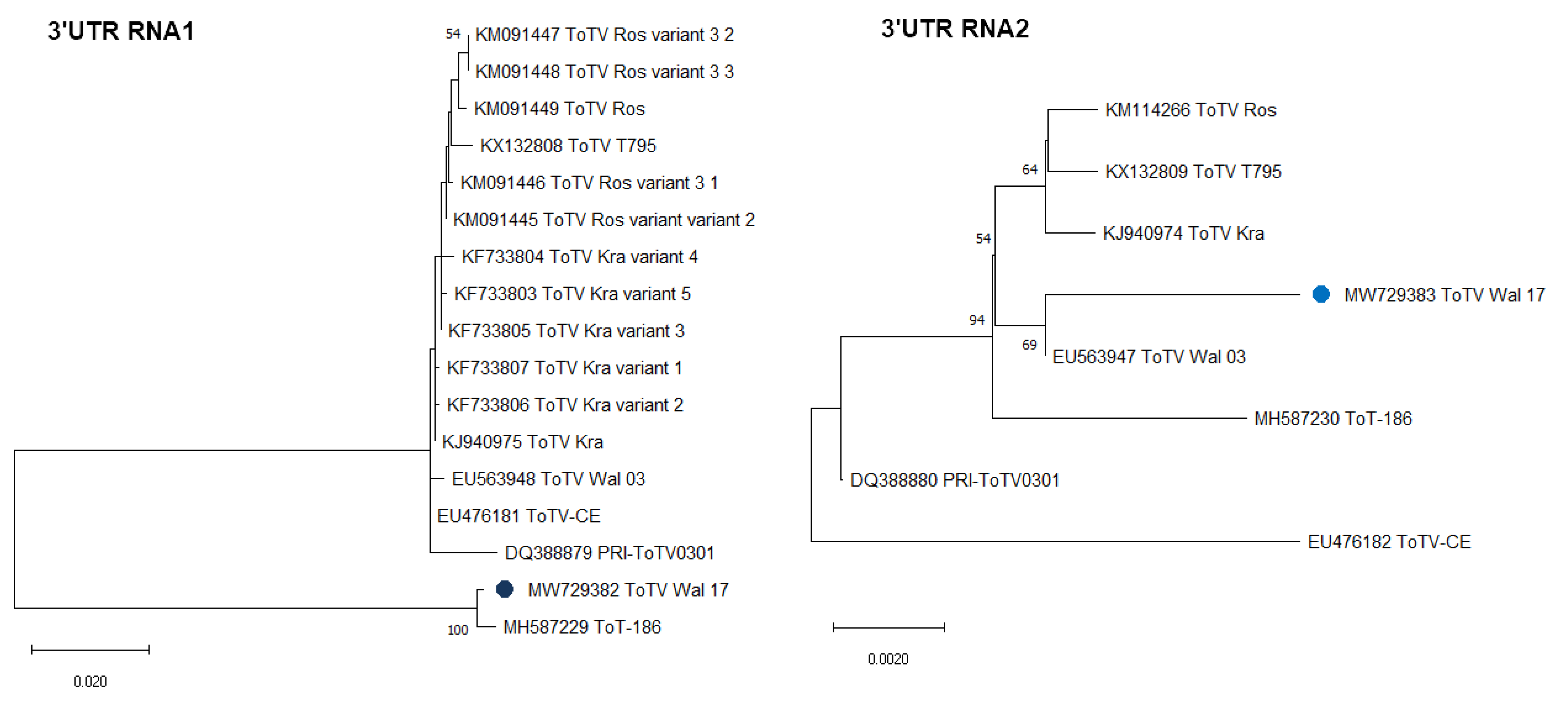
Viral taxonomy, in particular, has benefited from the availability of many new viral-genome sequences, enabling the improved classification of viruses. Whole-genome sequencing of pathogens is now commonly used 1, 2, 3, and was made possible by exponential reductions in the cost of sequencing 4 and computational advances in biological sequence analysis 5, 6. The resulting dendrogram shows consistency with the viral taxonomy of the ICTV and the Baltimore classification of viruses. This strategy was used to determine k for all 3,905 complete viral genomes in RefSeq. To determine the optimal feature length, k (an essential step in constructing a meaningful dendrogram), we designed a comprehensive strategy that combines three approaches: (1) cumulative relative entropy, (2) average number of common features among genomes, and (3) the Shannon diversity index. In this study, we used an alignment-free method that uses k-mers as genomic features for a large-scale comparison of complete viral genomes available in RefSeq. However, due to the lack of evolutionary conservation amongst diverse viruses, it is not feasible to build a viral tree of life using traditional phylogenetic methods based on conserved proteins. Whole-genome sequences can be used to improve viral classification and provide insight into the viral “tree of life”. As of October 2016, the National Center for Biotechnology Information (NCBI) database contained >2 million viral genome sequences and a reference set of ~4000 viral genome sequences that cover a wide range of known viral families.



The development of rapid, economical genome sequencing has shed new light on the classification of viruses.


 0 kommentar(er)
0 kommentar(er)
